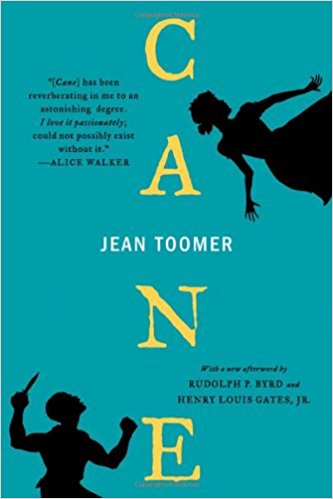In the book Nazi Propaganda by Z.A.B. Zeman there is a photo that was taken in Nurnberg Germany, 1935. Nurnberg is located within the southern half of Germany. Looking at this photo (Zeman, 98) I see three German party rally officers walking on the street. Up ahead of them is a trolley and to the left of these three German men are Der Sturmer posters. Der Sturmer was a Nazi propaganda newspaper that ridiculed, mocked, and was anti-Semitic towards Jews. The founder of the Der Sturmer was Julius Streicher who was a member of the Nazi party and did not like the Jews. The Der Sturmer newspaper was up in Germany until the end of the war but at one point the Der Strumer had to be taken down during the 1936 olympics, “All such notices as ‘Jews not admitted’ were taken away from the entrances to hotels and restaurants; Streicher’s newspaper Sturmer could not be bought in the streets” (Zeman, 109). The Der Sturmer was taken down early in the war as they did not want other countries to see the Nazi’s beliefs about other foreign countries.
Moving back to the photo, what makes this picture unique is that these three German officers were just walking by these anti-semitic/offensive posters and for these three men it just seemed like nothing out of the ordinary. This newspaper dehumanized Jews and made Germans perceive them as being inferior to their culture. When viewing this image it is evidently clear to see that anti-semitism and having a hatred towards the Jews was just the cultural norm of Germany during World War 2 (Zeman, 99). The poster itself has two faces on it, one face looks like a skull and in front of the skull face is a man with a serious expression. He also has the same mustache that Hitler had and underneath them is a photo of the newspaper that is written all in German. Additionally, on this newspaper there was a symbol of the Swastika on the poster. The swastika before World War 2 was known as being a symbol of peace but during this war the Nazi’s used the swastika as a symbol of violence and hatred towards other inferior races which specifically targeted the Jews. The swastika became a symbol of Nazi territory so wherever the swastika was located or was in sight, it gave Jews a sense of fear and an unacceptance throughout all of Europe other than Great Britain. While the swastika may have been Hitler and the Nazi’s parties symbol of pride, throughout Europe wherever Jews went to go hide the symbol of the swastika meant Jews should be fearful for their lives.
Not only did this newspaper not like the Jews to begin with, but they also tried to get the German people and the Nazi’s to have more of a hatred towards the Jewish race. Whenever there was a bunch of interesting or disturbing news that was related to the Jews in the Der Sturmer, this pro-Nazi newspaper would publish it and then send it out to their readers. The Der Sturmer had some, “scandoulous gossip about the Jews also rated high on the priority list-this form of journalism had been introduced by Julius Streicher in Der Sturmer. ‘Ritual murder’, for instance, was hardly perennial; it combined anti-semitism, violence, and sex in equal proportions” (Zeman, 25). Through the Der Sturmer the Nazi’s wanted to brain-wash the German people into believing that all Jews were bad and that murdering other people was just a common and daily habit for the Jewish race.
Zeman, Z.A.B. Nazi Propaganda. London; New York : Published in association with the Wiener Library [by] Oxford University Press, 1964., 1964.
Lisciotto, Carmelo. “Der Stürmer.” Holocaust Research Project.Org, Holocaust Education and Archive Research Team, 2009.
“History of the Swastika.” United States Holocaust Memorial Museum.


